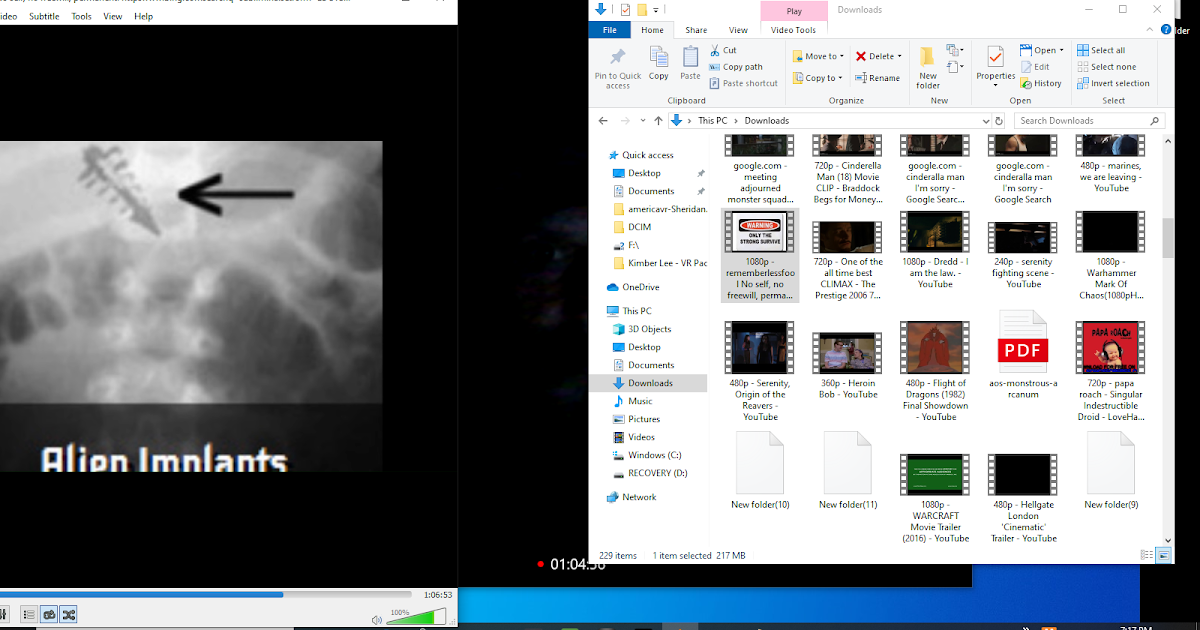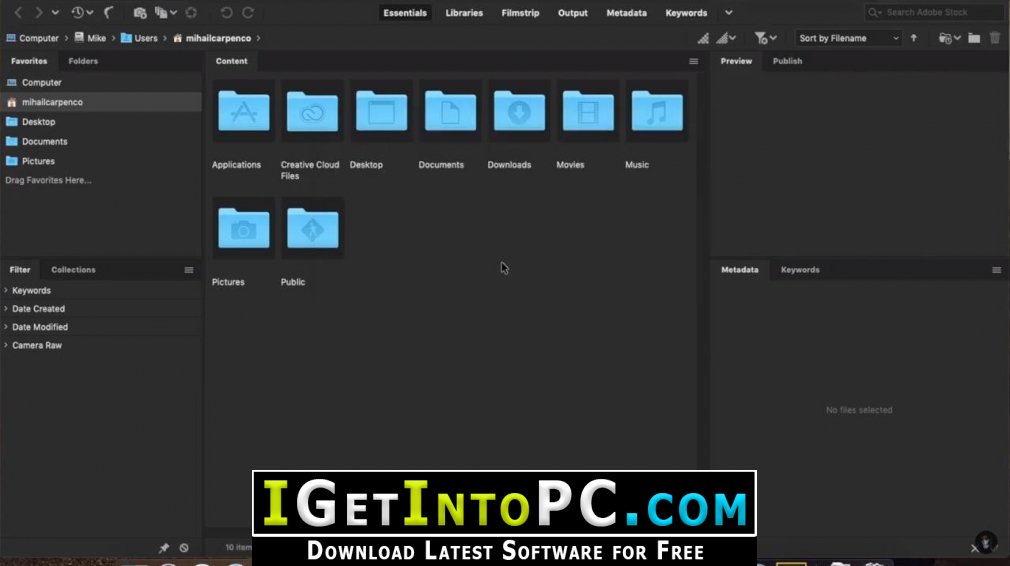
For the bridge domain to operate in optimized mode you should set it to hardware-proxy. When operating in flood mode, Layer 2 unknown unicast traffic is flooded over the multicast tree of theīridge domain (GIPo). In hardware proxy mode, ARP traffic is forwarded to an endpoint inĪ different bridge domain when that endpoint has been learned as part of the Layer 3 lookup operation.Ī bridge domain can be set to operate in flood mode for unknown unicast frames or in an optimized mode that eliminates floodingįor these frames. Subnets can span multiple EPGs one or moreĮPGs can be associated with one bridge domain or subnet. If the bridge domain (fvBD) limitIPLearnToSubnets property is set to yes, endpoint learning will occur in the bridge domain only if the IP address is within any of the configured subnets for theīridge domain or within an EPG subnet when the EPG is a shared service provider. A bridge domain can contain multiple subnets, but a subnet is contained withinĪ single bridge domain. LLDP, ISIS, IGMP, PIM, ST-BPDU, ARP/GARP, RARP, ND.īridge domains can span multiple switches. The following protocols can be flooded in encapsulation or flooded in a bridge domain: OSPF/OSPFv3, BGP, EIGRP, CDP, LACP,
#Contract bridge app for mac series#
Multi-Destination Flooding, which can be one of the following:įlood in Encapsulation-flood in encapsulationīeginning with Cisco APIC Release 3.1(1), on the Cisco Nexus 9000 series switches (with names ending with EX and FX and onwards), This limitation is not applicable for N9K-93180YC-EX. Optimized-Only 50 bridge domains per leaf are supported. With N9K-93180YC-EX, packets are flooded on all the nodes Modifying the L2 Unknown Unicast setting causes traffic to bounce (go down and up) on interfaces to devices attached to EPGs associated with this bridge domain.įlood-Packets are flooded on ingress and border leaf switch nodes only. Without this feature, the remote leaf continues to have this endpoint learned until the timer expires.
#Contract bridge app for mac mac#
The BD is deployed, by selecting Clear Remote MAC Entries.

When the BD has L2 Unknown Unicast set to Flood, if an endpoint is deleted the system deletes it from both the local leaf switches as well as the remote leaf switches where L2 Unknown Unicast, which can be Flood or Hardware Proxy. If the limitIpLearnToSubnets in fvBD is set, endpoint learning is limited to the BD only if the IP address is in a configured subnet of the BD or an EPG subnet You can enable or disable ARP Flooding without flooding, ARP packets are sent with unicast. When a subnet under an EPG provides a Layer 3Įxternal network shared service, such a subnet must be globally unique within the entire ACI fabric.īD packet behavior can be controlled in the following ways: Shared subnets must be unique across the VRF involved in the communication. That EPG (not under a BD), and its scope must be set to advertised externally, and shared between VRFs. An EPG that provides a shared service must have its subnet configured under Traffic to pass in both directions across VRFs. Shared-the subnet can be shared with and exported to multiple VRFs in the same tenant or across tenants as part of a shared service.Īn example of a shared service is a routed connection to an EPG present in another VRF in a different tenant.

Private-the subnet applies only within its tenant. Public-the subnet can be exported to a routed connection. The options for a subnet under a BD or under an EPG are as follows: In one or more BDs that reference the corresponding VRF. While a VRF defines a unique IP address space, that address space can consist of multiple subnets.

The BD defines the unique Layer 2 MAC address space and a Layer 2 flood domain if such flooding is enabled. With the exception of a Layer 2 VLAN, it must haveĪt least one subnet ( fvSubnet) associated with it. In the management information tree (MIT) and their relation to other objects in the tenant.Ī BD must be linked to a VRF (also known as a context or private network). The following figure shows the location of bridge domains (BDs) Unaware of the presence of the external router and theĪ bridge domain ( fvBD) represents a Layer 2 forwarding construct within the fabric. Interface, the default gateway for the tenant VNID is the external router.


 0 kommentar(er)
0 kommentar(er)
